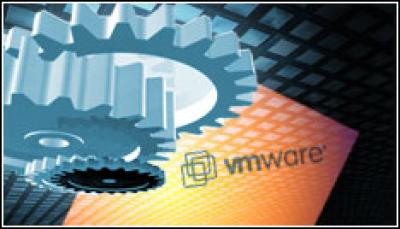

There is no denying that virtualisation is a hot topic in enterprise IT, but when it comes to adoption rates, not all types of virtualisation are created equal. While it would be difficult to think of an enterprise that hasn’t embraced, or at least piloted, server virtualisation, the same cannot be said for desktop virtualisation.
The ROI for server virtualisation is well understood in terms of server consolidation and better asset utilisation, and some of the same benefits can be had through VDI (Virtual Desktop Infrastructure), the form of desktop virtualisation that most closely resembles the type of server virtualisation enabled by products such as VMware vSphere and Citrix XenServer.
In a VDI scenario, desktop operating systems and applications run on virtual machines located on a server, and users access these machines remotely. Users can run thin clients to access their virtual desktops, or use fully-fledged Windows, Linux or Mac hardware regardless of the operating system running on the virtual desktop.
This model allows enterprises to separate the operating system and applications from the hardware, increasing flexibility and mobility, for example by providing a full desktop experience over RDP (Remote Desktop Protocol) on a Windows Mobile device.
The use of VDI holds great promise as a way of easing the pain many enterprises feel while administering tens of thousands of physical desktops. You know the pain I’m talking about. Provisioning physical machines, asset management, hardware and software configuration management, operating system and application installation and patching, cleaning up malware, reimaging, the list goes on and on. Industry analysts estimate that these activities cost enterprises anywhere from $3,000 (£1,940) to $6,000 (£3,880) per desktop per year. Roughly half of this cost is borne by IT departments and the other half comes in the form of lost user productivity.
VDI centralises and standardises distributed desktops on servers in the data centre. This has many advantages, such as reducing the cost of physical desktop acquisition and maintenance. Typical business applications, such as some office productivity applications, email and web browsers, will run just as well in VMs as they would on physical desktops. Consider using thin clients in public places and for shared workstations, for example in kiosks and call centres.
VDI also provides excellent business continuity, as “desktops” are available any time from anywhere. Employees can easily be moved to a remote location or work from home. Standardising desktop configurations across different platforms and devices minimises downtime during periods of potential service interruption.
TikTok opens e-commerce shopping in Germany, France, Italy as US future remains uncertain over divest-or-ban…
Discover expert insights on overcoming digital transformation challenges. Learn how to manage change, balance innovation,…
Microsoft drops data centre projects amounting to 2 gigawatts of power consumption as investors question…
SMIC sees revenues rise 27 percent for 2024, but profits fall nearly 50 percent amidst…
Google reassures developers Android to remain open source as it brings development entirely in-house, reduces…
NHS software services provider Advanced Computer Software Group fined £3m over ransomware breach that compromised…